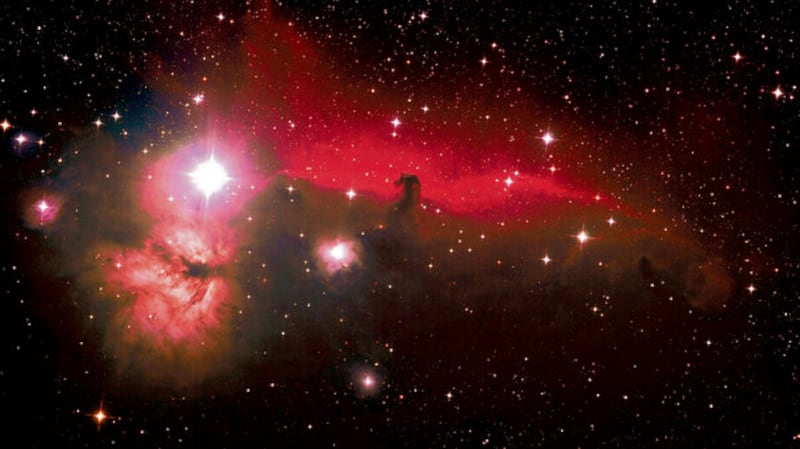THE EXTREMELY cold nights of recent weeks were not to most people’s liking, but they were a boon for astrophotographer George Doyle.
During winter the coldest nights are usually the clearest ones when the atmosphere is at its stillest.
Cloudy skies and unpredictable conditions make astrophotography a precarious business in a climate like Ireland’s. Mr Doyle (34), a professional photographer based outside Tralee, Co Kerry, was able to take advantage of the ideal conditions to take a series of stunning images of the night sky.

“When it gets down to that level of cold, it really is the ideal. It is rare that we get conditions that good,” he said.
The most elusive prize was the Horsehead Nebula in the constellation of Orion which cannot be seen through even the most powerful of telescopes.
It can only be seen through long exposure photography using a purpose-built camera and a telescope with a rock-steady mount.
“It is as much science as art and that’s what excites me about it. This is the most challenging sort of photography I’ve ever done.
“It’s a combination of optics and mechanics. Some of the exposures are over 2½ hours. In order to keep a telescope absolutely still, it requires quite a lot of trickery and engineering.”
Mr Doyle took a breathtaking image of the Andromeda Galaxy, the next-door neighbour in astronomical terms to our own Milky Way Galaxy. It is an object that only appears as a grey smudge even through telescopes.
Mr Doyle said the images he is able to produce often lead to disappointment for people starting out in astronomy.
“The light that comes from these objects are so low that our eyes can never pick them up. It is not possible to see these images. You have to photograph them over long exposures,” he said.







